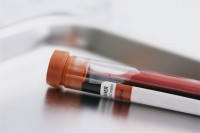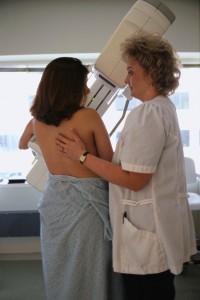
If you’ve recently had a mammogram, you may have discovered that you have dense breast tissue. What does it mean? How does it affect your results and prognosis for breast cancer?
The definition of dense tissue
Fibrous and fatty tissue give breast their size and shape, holding in place glandular tissue, home of the lobules which produce milk. For reasons not yet known, those with dense breast tissue simply have more fibrous connective tissue or glandular tissue than fatty tissue. It is common for breast density to increase with age, and dense tissue is not abnormal.
Breast density and the cancer risk
Women with high breast density are 4-5 times more likely to get breast cancer than those with low breast density, however lowering the density of the tissue has not been shown to decrease this risk. As a result, at this time breast density is not considered a factor in assessing a woman’s cancer risk.
How breast density effects mammograms
Mammograms are more difficult to interpret on patients with high breast density than those with low. Fatty tissue is more translucent allowing for greater visibility, however dense fibrous and glandular tissue appears white on x-rays, clouding results. For a better interpretation, your provider may suggest other types of breast imaging to obtain a more accurate diagnosis such as digital mammography, ultrasound, or MRI. Unfortunately there are no special recommendations or screening guidelines for women with dense breasts at this time.
Did you find out you have breast cancer from your mammogram results? Issels can help. Learn more about Issels integrative immunotherapy options for treating your breast cancer today.




